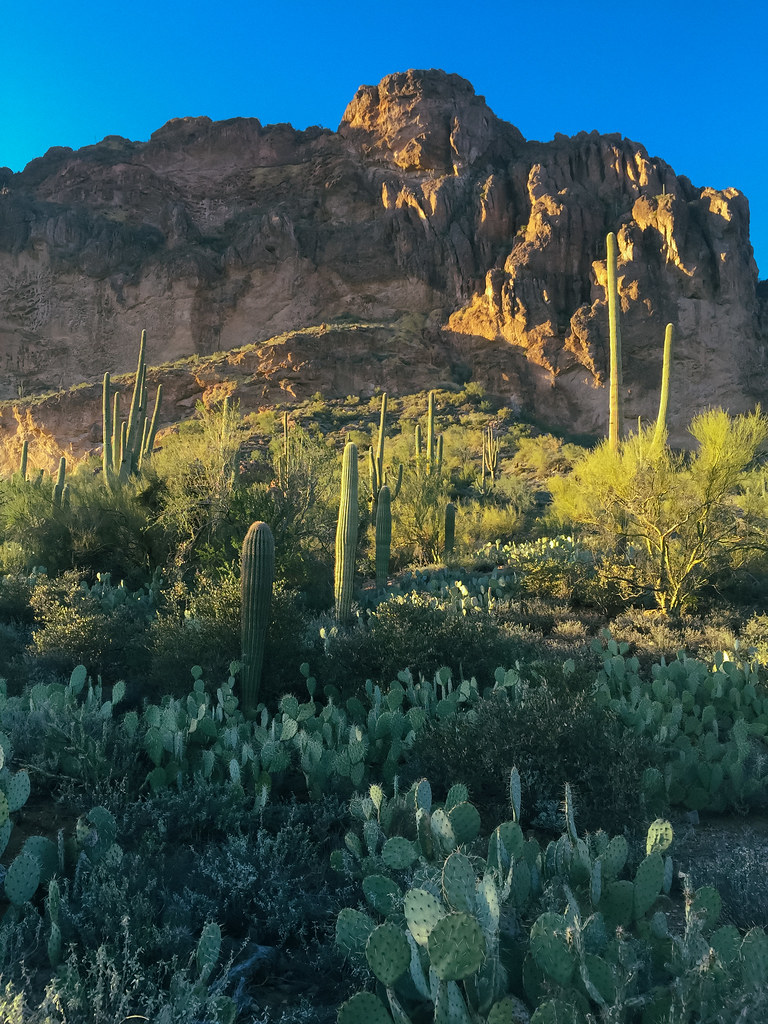Imagine standing at the foot of a trail that spirals upwards into the heavens, where the air is crisp, and the silence is broken only by the crunch of your boots on the gravel. This is the beginning of an adventure on the Annapurna Circuit, a journey that promises not just breathtaking vistas but also an intimate encounter with your own limits and strengths. The Thorong-La Pass, perched at a dizzying 5,416 meters above sea level, is the crown jewel of this trek, a challenge that beckons trekkers from around the globe. As a senior media editor with a penchant for high-altitude adventures, I am thrilled to take you through the first part of this exhilarating trek, sharing insights and experiences that will make you feel as though you’re trekking alongside me.
The Annapurna Circuit is a trek that weaves through diverse landscapes and cultures, encapsulating the essence of Nepal’s rugged beauty. The Thorong-La Pass, the highest point of this circuit, is more than just a geographical landmark; it’s a rite of passage for many trekkers. The journey to this pass is a tale of endurance, acclimatization, and the indomitable human spirit.
Embarking on the Annapurna Circuit: Preparing for the Ascent
The journey begins in the village of Manang, a quaint settlement that serves as a gateway to the higher realms of the Himalayas. Here, trekkers can soak in the local culture and prepare for the ascent. The Himalayan Rescue Association, with its medical clinic in Manang, is a testament to the challenges that lie ahead. They recommend spending five nights in the area for acclimatization, a crucial step to minimize the risk of acute mountain sickness (AMS).
The trek from Manang to the Thorong-La Pass is not to be underestimated. It is a path that tests the resolve of even the most seasoned trekkers. The first leg of the ascent involves a night’s stay in Yak Kharka, followed by a second night in Thorong Phedi or Thorong High Camp. These stops are strategic, allowing trekkers to gradually acclimate to the altitude while breaking the journey into manageable segments.
The trail from Thorong Phedi to High Camp is particularly grueling. The steep incline and thinning air make every step a herculean effort. Yet, the rewards are just as monumental. The landscape transforms with each meter ascended, offering panoramic views that serve as a balm to the weary traveler. It’s a surreal world up here, where the sky seems within arm’s reach and the silence is a companion to introspection.
At High Camp, the atmosphere is a blend of anticipation and camaraderie. Trekkers from all walks of life converge, sharing stories and encouragement. The night before the final ascent is a time for reflection and preparation. It’s essential to rest well, as the following day will demand every ounce of energy and determination.
The Ascent of Thorong-La: A Test of Endurance and Spirit
The day of the ascent begins before dawn. Trekkers set out in the dark, guided by the stars and the collective resolve of their fellow adventurers. The goal is to reach the pass before the winds pick up, which they invariably do a few hours after sunrise. The climb from High Camp to Thorong-La Pass is a slow, methodical process. Each step is deliberate, each breath a conscious effort.
As the sun crests the horizon, the world is bathed in an ethereal glow. The mountains, cloaked in the first light of day, stand as silent sentinels to the unfolding drama of human endeavor. The final push to the pass is a mix of elation and exhaustion. The sight of prayer flags fluttering in the wind, marking the summit, is a beacon of hope to the fatigued trekker.
Reaching Thorong-La Pass is a moment of triumph. It’s a place where emotions run high, where tears of joy mingle with sighs of relief. The pass itself is a barren expanse, a stark contrast to the vibrant ecosystems below. Yet, it’s this very desolation that underscores the achievement. To stand at the highest point of the Annapurna Circuit is to stand at the edge of the world, looking out over a landscape that has remained unchanged for millennia.
From the pass, the descent to Muktinath is a journey back to civilization. The trail is a kaleidoscope of changing scenery, from the arid expanses of the pass to the verdant valleys below. Muktinath, with its sacred temple, is a place of spiritual significance, a fitting end to a journey that is as much about inner discovery as it is about exploring the great outdoors.
The Annapurna Circuit, with Thorong-La Pass at its zenith, is a trek that defies description. It’s an experience that melds the physical with the metaphysical, a journey that challenges the body and enriches the soul. As we prepare to delve into the second part of this adventure, remember that the mountains are not just a destination; they are a journey in themselves, a journey that begins with a single step into the unknown.

The Ascent of Thorong-La: A Test of Endurance and Spirit
The ascent to Thorong-La Pass is where the true test of endurance and spirit begins. With the alarm sounding off at the ungodly hour of 4:30 am, trekkers are thrust into the cold embrace of the Himalayan morning. The aim is to embark on the trail by 5:30 am, but the mountains have their own plans, and sometimes they offer a respite, a chance to witness the Himalayas unveil themselves in the morning light. Such moments are a gift, a reminder of why we trek these heights – not just to conquer them, but to be a part of their timeless majesty.
When it comes to the trek from Thorong Phedi to High Camp, though only a kilometer in distance, is a steep climb that can take a toll on even the most seasoned trekkers. The altitude, the cold, and the sheer incline combine to make every step a monumental effort. It’s here that the body screams for oxygen, and every breath becomes a conscious act of survival. The pain can be sudden and intense, a stark reminder of the altitude’s power over the human body. Yet, it is in these moments of struggle that the trekker’s spirit shines brightest, pushing through the pain, finding strength in the beauty of the surroundings, and the camaraderie of fellow trekkers.
Upon reaching High Camp, the environment changes. It’s a bustling hub of activity, where trekkers gather, bracing themselves for the final push to the pass. The lodgings are surprisingly comfortable, a welcome respite from the harsh conditions outside. Wildlife, from the stressed-out birds to the nonchalant deers, adds to the surreal atmosphere of High Camp. It’s a place that feels both otherworldly and oddly homely, a testament to the resilience of life at high altitudes.
From High Camp to Muktinath via Thorong La Pass is a journey of contrasts. The trail flattens out initially, offering a brief reprieve from the relentless ascent. The path is strewn with stones, a reminder of the ruggedness of the terrain. The trek is a solitary one, with few fellow travelers encountered along the way, allowing for a sense of solitude and introspection. The weather, mercifully clear and sunny, is a boon to trekkers, sparing them from the harsher conditions that can prevail at such heights.
The trek is not without its challenges, however. Skipping breakfast can take its toll, as the body demands fuel for the arduous journey. Snack breaks become crucial, a chance to replenish energy stores with simple yet life-sustaining food like boiled eggs and dates. The presence of a tea house, seemingly in the middle of nowhere, is a welcome surprise, offering a brief respite and a chance to refuel before the final ascent.
At Thorong La Pass
Reaching Thorong La Pass is a moment of pure elation. It’s a culmination of days of trekking, of battling the elements, of pushing the body and mind to their limits. The pass itself is a barren expanse, a stark reminder of the altitude and the harshness of the environment. Yet, it’s also a place of celebration, where prayer flags flutter in the wind, and trekkers can revel in their accomplishment.
The emotions at the pass are palpable. Joy, relief, and a profound sense of achievement wash over those who stand at this highest point of the Annapurna Circuit. It’s a place where one can truly feel on top of the world, where the panoramic views of the surrounding peaks are a reward for the trials endured.
From the Pass to Muktinath
The descent from Thorong La Pass to Muktinath is a journey back to civilization. The trail winds down through changing landscapes, from the desolate beauty of the pass to the greener, more hospitable valleys below. Muktinath, with its sacred temple, is a beacon of spirituality, a fitting end to a trek that is as much about inner discovery as it is about physical challenge.
The trek to Muktinath is a time for reflection, for taking in the experiences of the past days. It’s a chance to bond with fellow trekkers, to share stories and to celebrate the shared journey. The descent is also a time to appreciate the body’s resilience, and the mind’s ability to overcome doubt and fear.
Daily Costs
Trekking the Annapurna Circuit is an adventure that comes with its costs, both physical and financial. Yet, the daily expenses are a small price to pay for the richness of the experience. The lodgings, the food, and the guidance of the trekking staff – all contribute to making this journey possible and relatively comfortable, even in the face of the challenges posed by the environment.
The ascent of Thorong-La is an adventure that defies easy description. It’s a journey that tests the limits of physical endurance and mental fortitude. It’s a trek that offers unparalleled beauty, a deep sense of camaraderie, and a profound connection with the natural world. For those who undertake this journey, the memories will last a lifetime, and the sense of accomplishment will be a beacon that lights the way for future challenges and adventures.
Related posts:
Thorong La
Annapurna Circuit Day 10: Thorong Phedi to Muktinath via The Pass
Part 1: Chame to Kagbeni via Thorong La Pass — The Trek Blog





